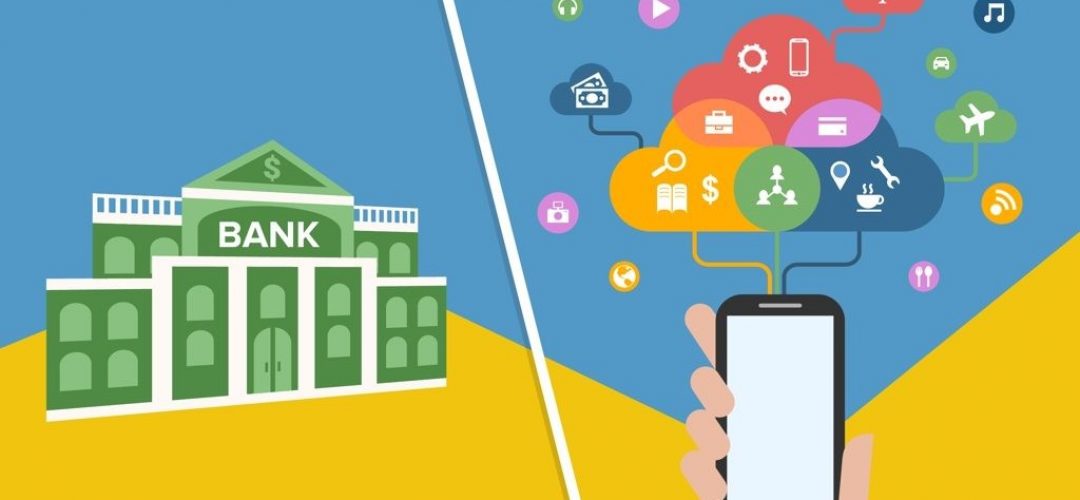In the rapidly evolving world of finance, the debate between digital banking and its traditional counterpart has become increasingly relevant. This detailed exploration will delve into their differences, benefits, and challenges, shedding light on each banking model’s role in the modern financial landscape.
Using “digital banking” as our focal point, this post aims to provide valuable insights for individuals navigating these options, helping them make informed decisions based on convenience, security, features, and personal financial needs.
The Rise of Digital Banking
Digital banking, characterized by its online and mobile platforms, has witnessed exponential growth over the past few years. This surge is primarily due to advancements in technology and changing consumer demands for more accessible and flexible banking solutions.
Unlike traditional banks, which require physical presence for transactions, digital banks offer the convenience of conducting financial activities from anywhere at any time. This has significantly appealed to a tech-savvy generation that prioritizes efficiency and simplicity.
Furthermore, digital banks often offer lower fees and higher interest rates on savings accounts compared to their traditional counterparts, attributed to their lower operational costs. These competitive features have not only attracted new customers but also set a benchmark for the industry.
Traditional Banks Holding Their Ground
Despite the digital revolution, traditional banks have remained relevant and preferred by a significant portion of the population. Their physical branches offer personalized customer service, which many individuals still value greatly.
Moreover, traditional banks tend to offer a wider range of services, including loans, insurance, and investment products, which might not be as readily available through digital platforms. This comprehensive approach to banking services ensures that clients have all their financial needs met under one roof.
Security Concerns and Trust
When it comes to handling finances, security is paramount. Traditional banks have long established their credibility and trustworthiness, fortified by physical interactions and a tangible presence. Digital banks, while secure, face the challenge of building this same level of trust amidst rising cyber threats.
Both banking models invest heavily in security measures; however, the perception of safety can differ greatly between the two, with some customers feeling more reassured by traditional banks’ time-tested systems.
Integration and Innovation
One of the most significant advantages of digital banking is its capacity for integration with other financial technologies, enabling features like automated savings, budget tracking, and simplified investment processes directly from a user’s account.
This level of innovation is something traditional banks have been slower to adopt, primarily due to their larger, more complex infrastructures. However, recognizing the shift in consumer preferences, many are now investing in digital transformation to remain competitive.
Personalization and User Experience
With the help of artificial intelligence and data analytics, digital banks offer a high level of personalization, tailoring the banking experience to meet individual users’ needs. This can significantly enhance customer satisfaction and engagement.
Traditional banks, with their face-to-face interactions, also offer personalized service, albeit in a different manner. The choice between these experiences often comes down to personal preference for digital convenience or human interaction.
Financial Inclusion
Digital banking plays a crucial role in enhancing financial inclusion, reaching underserved and unbanked populations who may not have access to traditional banking due to various barriers. By minimizing overhead costs, digital banks can offer services to a broader audience, including those in remote areas.
This expansion is not only beneficial for individual financial empowerment but also contributes to the overall economic growth by bringing more people into the formal financial system.
Making the Choice
The decision between digital banking and traditional banking ultimately depends on one’s personal needs, values, and lifestyle. While digital banking offers unparalleled convenience and innovation, traditional banking provides a sense of security and a wide range of services.
Individuals should consider what they value most in their banking experience – whether it be the personal touch of traditional banks or the seamless, tech-driven services of digital banks.
In conclusion, as the financial landscape continues to evolve, both digital and traditional banking have pivotal roles to play. By understanding the unique benefits and limitations of each, individuals can make choices that best suit their financial situations and preferences.






